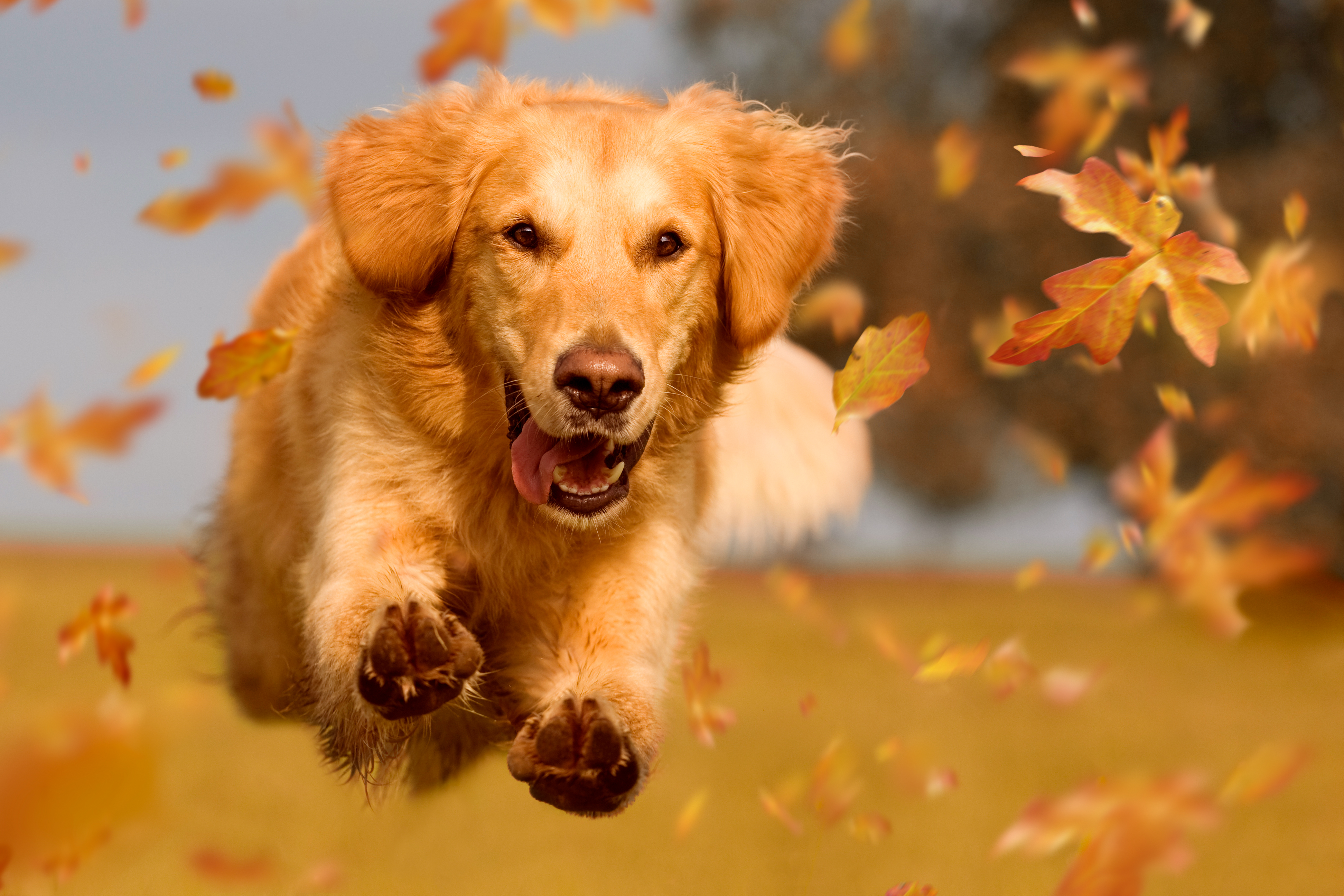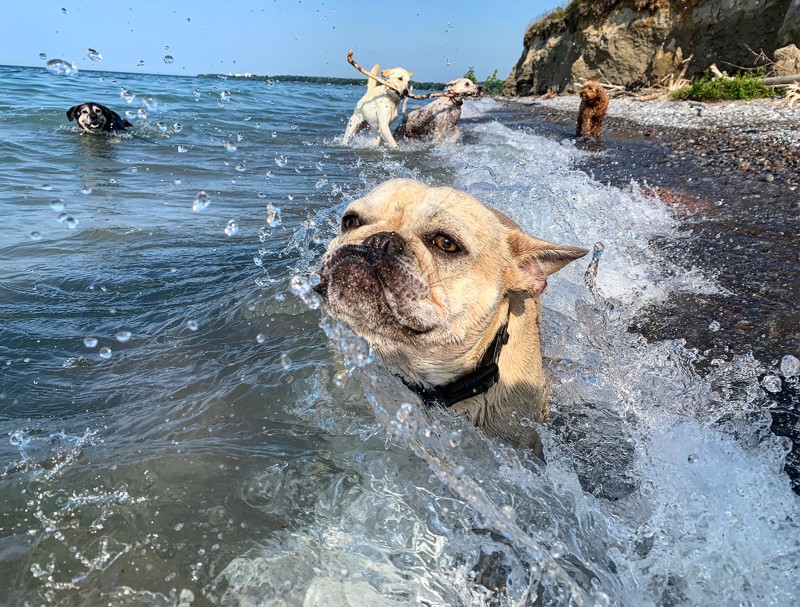An Unbiased View of Office Triggers Anxiety Attacks—for the Dogs Left Alone at Home

Big Dogs Need Homes, Too: PAWS Chicago Hosting Things To Know Before You Buy
Filter Breeds, Filter Breeds, Reset Filters (0 )
For each animal conserved, countless others are still suffering. By stepping up for them, you can create a future where animals no longer need to suffer in puppy mills, factory farms, testing labs or other heartbreaking scenarios. Start conserving lives today!

Dogs
Common Name: Domestic canines, Taxonomic name: Canis familiaris, Type: Mammals, Diet: Omnivore, Group Call: Load, Typical Life Period In The Wild: 12 years, Size: Five to 35 inches at the shoulder, Weight: Three to 250 pounds, Size relative to a 6-ft male: IUCN Red List Status: Not evaluated Least Concern Extinct Current Population Pattern: Unidentified, What is a domestic dog? The term "domestic dog" refers to any of several hundred types of canine worldwide today.

Photographer Snaps Dogs Trying to Catch Cheese for a Good Cause - PEOPLE.com
Some Ideas on Dog Health Center - Dog Care and Information from WebMD You Should Know
This separates domestic dogs from wild canines, such as coyotes, foxes, and wolves. Domestic pet dogs are mainly kept as family pets, however lots of breeds are capable of making it through on their own, whether it's in a forest or on city streets. A 3rd of all households worldwide have a dog, according to a 2016 consumer insights research study.
Evolutionary origins, All dogs come down from a types of wolf, but not the gray wolf (), like many individuals assume. In reality, DNA proof recommends that the now-extinct wolf forefather to modern-day pet dogs was Eurasian. Nevertheless, scientists are still working to understand precisely what types generated pet dogs. When pet dogs broke off from their wild forefathers is likewise a matter of mystery, however genes recommend that it took place between 15,000 and 30,000 years ago.

How Dogs Evolved Into 'Our Best Friends' : NPR
Perhaps wolves started down this course just by eating human scraps. Numerous generations later, humans might have motivated wolves to hug by actively feeding them. Later still, those wolves might have been invited into the human home and ultimately reproduced to motivate specific qualities. All of this is thought to have unfolded over countless years.
Rumored Buzz on Adoptable Dogs - Dorchester Paws

For circumstances, around 9,500 years ago, ancient peoples started reproducing canines that were best able to survive and work in the cold. These pet dogs would end up being the household of sled dogsincluding types such as huskies and malamutesthat remains reasonably the same today. Similarly, A Reliable Source reproduced German shepherds for their capability to herd livestock, Labrador retrievers to assist collect ducks and other video game dropped by hunters, and sausage-shaped Dachshunds for their capability to hurry down a burrow after a badger.
